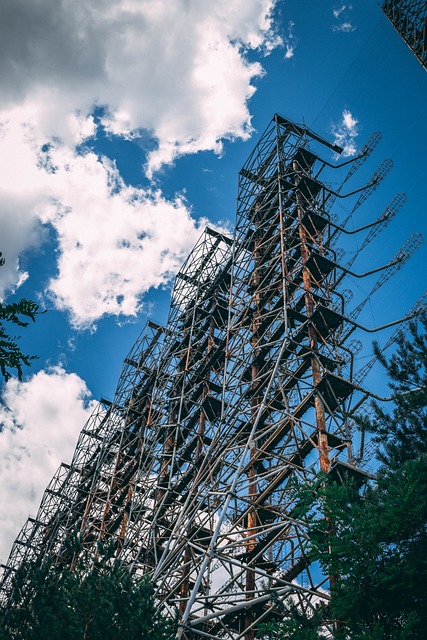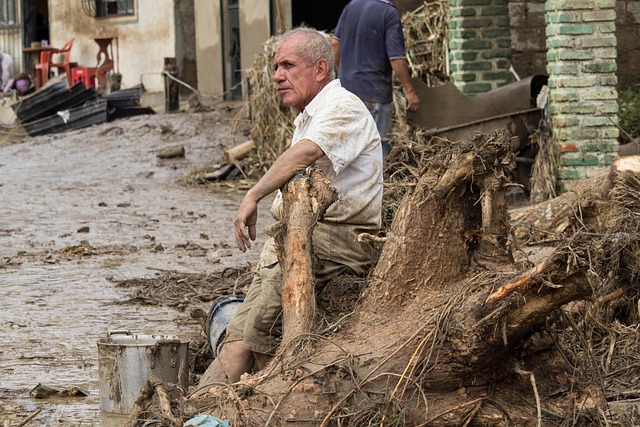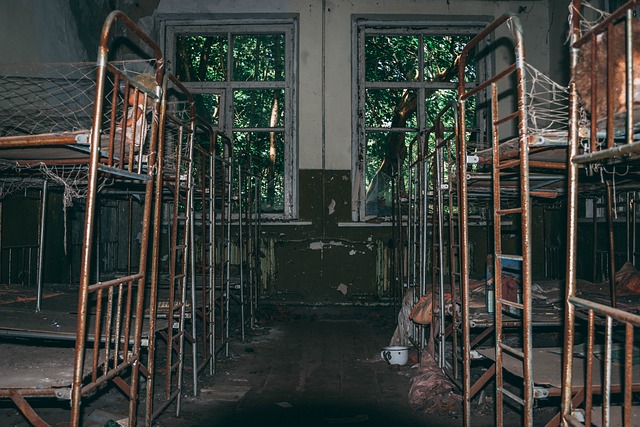Disaster reconstruction in San Antonio, especially during cold months, requires strategic planning to prevent burst pipes and minimize secondary damage. Key objectives involve insulating pipes, ensuring proper drainage, repairing vulnerable plumbing sections, and educating residents on preventive measures. Efficient debris removal using specialized equipment, coordinated efforts between emergency services, utility companies, and local authorities, are vital for swift recovery without winter-related complications, safeguarding both infrastructure and public safety in San Antonio.
In the aftermath of a disaster, efficient debris removal is crucial for safe and rapid reconstruction. This comprehensive guide explores the intricate process of disaster reconstruction and debris removal, offering valuable insights into navigating challenging environments. We delve into specific considerations, such as preventing burst pipes during winter in San Antonio—a pressing issue that demands tailored strategies to safeguard infrastructure. Additionally, we present efficient post-disaster debris clearance strategies, emphasizing best practices for a swift and secure recovery.
- Understanding Disaster Reconstruction and Debris Removal: A Comprehensive Overview
- Challenges in Winter: Preventing Burst Pipes During Cold Months in San Antonio
- Efficient Strategies for Debris Clearance Post-Disaster: Ensuring Safe and Rapid Recovery
Understanding Disaster Reconstruction and Debris Removal: A Comprehensive Overview

Disaster reconstruction and debris removal are critical components of recovery after a devastating event, such as floods, hurricanes, or wildfires. In areas like San Antonio, where winters can bring unique challenges like freezing temperatures and potential burst pipes, efficient reconstruction strategies become even more vital. The primary goal is to restore affected structures and infrastructure while ensuring public safety and minimizing secondary damage.
Debris removal operations involve the meticulous process of clearing away rubble, damaged materials, and hazardous waste generated by disasters. This includes not only structural debris but also addressing potential environmental hazards. In San Antonio, for instance, preventing burst pipes during winter is a key focus, as freezing temperatures can cause significant water damage to buildings and infrastructure. A comprehensive overview of reconstruction strategies should include methods to protect against such issues, ensuring that the city’s recovery efforts are thorough, safe, and sustainable.
Challenges in Winter: Preventing Burst Pipes During Cold Months in San Antonio

In San Antonio, disaster reconstruction often faces unique challenges during the cold months, specifically regarding debris removal and preventing burst pipes. The extreme winter temperatures pose significant risks to essential infrastructure, particularly water pipes. As the city navigates post-disaster cleanup, keeping pipes from freezing and bursting becomes a critical operation. This issue is exacerbated by the region’s frequent power outages, which can leave homes and buildings without heating, increasing vulnerability to frost damage.
To mitigate these challenges, disaster management teams must employ strategic measures. They include insulating pipes with protective materials, ensuring proper drainage to reduce water stagnation, and quickly repairing or replacing any vulnerable sections of plumbing. Additionally, community education plays a vital role in preventing burst pipes during winter in San Antonio by encouraging residents to take preventive actions like shutting off water supplies when leaving homes for extended periods and using heat sources to keep pipes warm in colder areas.
Efficient Strategies for Debris Clearance Post-Disaster: Ensuring Safe and Rapid Recovery

Post-disaster reconstruction begins with efficient debris removal operations to ensure a safe and rapid recovery. In regions like San Antonio, where winter weather poses an additional challenge, strategies must be tailored to prevent issues such as burst pipes. One effective approach is to employ specialized equipment designed for cold-weather conditions, ensuring that debris is cleared swiftly without exacerbating potential damage.
Additionally, coordination between emergency services and local utility companies is vital. By establishing clear communication channels, teams can efficiently manage risks like frozen or broken pipelines, thereby accelerating the overall cleanup process. This collaborative effort not only facilitates quicker restoration but also safeguards against further complications, particularly during San Antonio’s winter months when temperature drops can be severe.
In conclusion, effective disaster reconstruction and debris removal operations are paramount for rapid recovery and safe communities. By understanding the comprehensive overview presented, navigating challenges like preventing burst pipes during winter in San Antonio, and adopting efficient strategies for debris clearance post-disaster, we can ensure that our cities thrive even after catastrophic events. These efforts not only restore physical structures but also foster resilience and community spirit.
